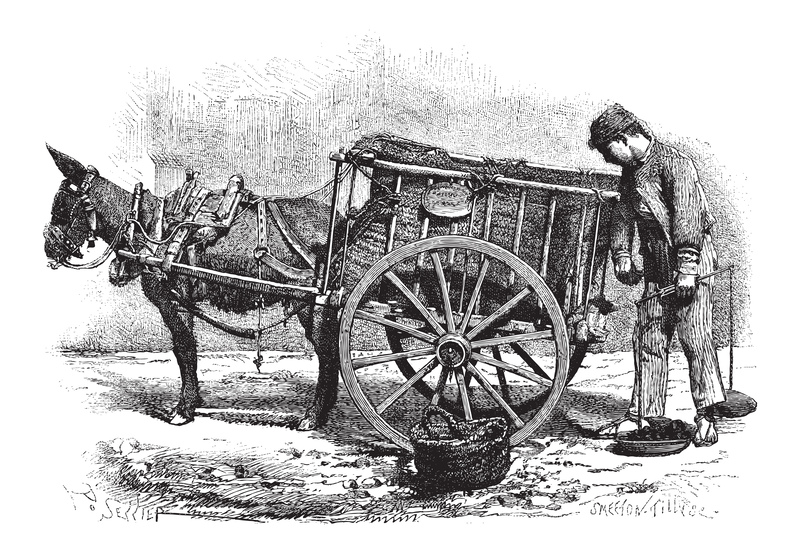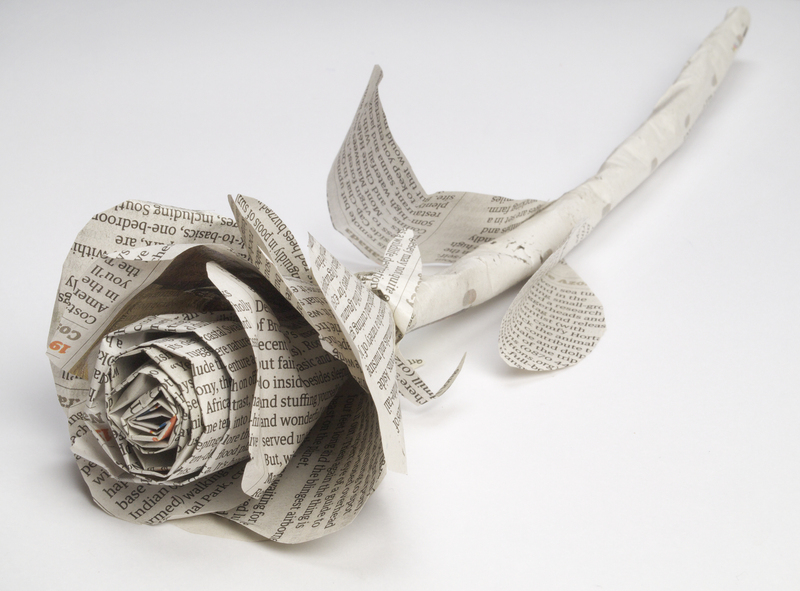How to Properly Separate and Dispose of PPE Waste at Home
In today's world, Personal Protective Equipment (PPE) has become a daily necessity for many. Face masks, gloves, face shields, and other types of PPE help protect us from harmful pathogens and pollutants. But with this increased use arises a new challenge: How do you properly separate and dispose of PPE waste at home?
Many households are unsure about how to dispose of disposable masks or used gloves responsibly. Contaminated PPE can harm sanitation workers, clutter landfills, and even contribute to environmental pollution--especially if it ends up in waterways or natural habitats.
This comprehensive guide will help you understand how to separate, manage, and properly discard PPE waste at home while protecting both public health and the environment. Let's explore best practices, practical tips, and the essential know-how for effective PPE waste management.
Understanding PPE Waste in the Household
Personal Protective Equipment waste refers to items like disposable face masks, gloves, gowns, hairnets, shoe covers, and face shields used to prevent exposure to viruses, bacteria, or hazardous particles. With the rise in home usage, it's important to recognize which PPE should be dealt with as waste and how it differs from other household garbage.
Types of PPE Commonly Used at Home
- Face masks: Surgical, N95, cloth, and single-use masks
- Gloves: Latex, nitrile, and vinyl types
- Face shields and eye protection: Usually plastic and reusable
- Gowns, aprons, shoe covers, and caps: Typically used for care at home for sick family members
Some PPE, like cloth masks or reusable face shields, can be sanitized and reused. Disposable PPE, however, is designed for single use and should be handled as potentially infectious material.

Why Proper PPE Waste Disposal Matters
Incorrect disposal of PPE at home can have serious consequences:
- Health risk: Improperly discarded PPE can spread viruses or bacteria to others, including sanitation workers and family members.
- Environmental harm: Masks and gloves are commonly made of plastics that don't biodegrade easily. They may end up in rivers, oceans, or the stomachs of wildlife.
- Clogged waste systems: PPE items can block sewage pipes if flushed or washed away.
Responsible PPE waste separation safeguards your household, protects waste management employees, and helps reduce pollution. Following local and global guidelines is essential for a safer community.
The Step-by-Step Guide: How to Separate PPE Waste at Home
You don't need special training to sort and dispose of PPE waste at home. With a simple and sustainable waste separation system, you can manage your household's PPE effectively.
Step 1: Prepare a Dedicated PPE Waste Bin
- Use a separate bin: Dedicate a specific trash bin within your household for PPE disposal. Label it PPE Waste Only to avoid confusion.
- Line the bin: Always use a sturdy, leak-proof bag to line the bin.
Step 2: Safely Remove and Handle Used PPE
- Remove gloves, masks, and other PPE carefully--avoid touching the outer surfaces.
- Do not shake masks or gloves, as this can spread contaminants.
- Wash your hands thoroughly (at least 20 seconds) with soap and water after handling.
Step 3: Secure Used PPE in a Bag
- Double bagging: For extra safety, place PPE in a small bag first, then into the lined PPE bin. This reduces the risk of leaks and contamination.
- Seal the bag: Tie or tape bags tightly before disposal.
Step 4: Store PPE Waste Appropriately
- Keep out of reach: Children and pets should not have access to the PPE waste bin.
- Avoid overflowing the bin--empty it regularly to avoid hazards.
Step 5: Final Disposal
- Follow local municipal guidelines for disposing of medical or hazardous household waste. Some regions have special collection points or schedules.
- Do NOT recycle: Never mix PPE waste with recycling or compost. All disposable PPE must go into general waste, unless your area offers dedicated hazardous waste collection.
- Inform sanitation workers: If someone at home is sick or in isolation, consider labeling the PPE waste bag so sanitation workers are aware of the potential risk.
Special Tips for Disposing Different Types of PPE at Home
How to Dispose of Face Masks
- Do not throw masks in the street or public bins. Securely place used masks in your dedicated PPE bin.
- Cut the ear loops: Before disposal, carefully snip the ear straps to prevent wildlife entanglement if masks end up in the environment.
How to Dispose of Gloves
- Turn inside out: Remove gloves by turning them inside out to contain contaminants.
- Bag them immediately: Place used gloves directly into a lined PPE waste bin after single use.
How to Dispose of Reusable PPE
- Clean and reuse cloth masks or face shields according to manufacturer instructions. Wash with hot water and detergent.
- Only dispose of broken or worn-out reusable PPE with general household waste after securing it in a bag.
Important Don'ts for Home PPE Waste Management
- Do not flush masks or gloves down the toilet or sink--they can clog plumbing and pollute rivers and oceans.
- Don't burn PPE waste at home. Burning can release toxic fumes and is illegal in many regions.
- Never leave PPE waste on the street, nature trails, or in public parks.
- Do not put PPE waste in the recycling bin; it is not recyclable.
Safe PPE Waste Disposal for Homes with Sick or Isolated Persons
If someone in your house is in quarantine or self-isolation, extra precautions must be taken with PPE waste.
- Use two layers of bags for all contaminated waste, including tissues and wipes.
- Wait 72 hours: If local instructions recommend, set aside sealed PPE waste bags for 72 hours before placing them with regular trash. This reduces the risk to sanitation workers.
- Wash hands immediately after handling any waste bags.
- Clean and disinfect the waste bin regularly with a bleach solution or disinfectant spray.
Environmental Impact of PPE Waste and How to Reduce It
PPE litter, particularly discarded masks and gloves, is now a global environmental issue. According to several studies, millions of PPE items are entering rivers and oceans daily, threatening wildlife and polluting landscapes.
Best Practices to Minimize PPE Waste at Home
- Opt for reusable PPE: When possible, choose washable cloth masks or face shields instead of disposables.
- Reduce single-use items: Use single-use PPE only when necessary, such as when caring for a sick individual at home or visiting healthcare settings.
- Educate family and children: Teach the importance of proper PPE separation and disposal to all members of the household.
- Participate in community clean-up initiatives: Help prevent PPE litter by joining or organizing local programs.
Government and Community Guidelines for PPE Waste Disposal
Most local health authorities and waste management organizations have issued guidelines for handling PPE waste at home. Following these recommendations is crucial for safe and responsible disposal.
- Check your local council's website for up-to-date instructions or special collection schemes.
- Contact your municipality if unsure about disposing Covid-19 or hazardous household waste.
- Do not illegally dump PPE waste. Illegal dumping can result in fines and environmental harm.
Frequently Asked Questions about PPE Waste Disposal at Home
Can I recycle face masks or gloves?
No, disposable masks and gloves are not recyclable. Throw them in the designated PPE waste bin with general household waste.
Is it safe to reuse disposable PPE after sanitizing?
Disposable PPE is designed for single use only and should never be reused, cleaned, or disinfected for repeated use.
How do I clean reusable PPE?
Cloth masks or washable face shields should be laundered with detergent and hot water (at least 60?C). Dry completely before reuse.
Does home PPE waste need special treatment?
In most households, double bagging and secure disposal with general waste are sufficient. However, if someone in your house is ill, follow additional local quarantine disposal instructions.

Conclusion: Be a Responsible PPE User
Proper separation and disposal of PPE waste at home is not just about safeguarding your health, but also about protecting your family, community, and the world around you.
By following a few simple steps for PPE waste management--separating, bagging securely, never recycling disposable PPE, and reducing single-use items--you make a big difference. Stay updated on local guidelines, educate your household, and be a role model in responsible PPE use and disposal.
Let's keep our homes, neighborhoods, and environment safe by disposing of PPE waste correctly, every time.
References and Further Reading
- World Health Organization: COVID-19 and PPE Waste Guidance
- U.S. Environmental Protection Agency: Disposing of Personal Protective Equipment (PPE)
- UN Environment Programme: COVID-19 Waste Management Facts
- Local government guidelines (check your municipality's official website)
Remember: Your proper action today ensures a healthier, safer tomorrow for all!